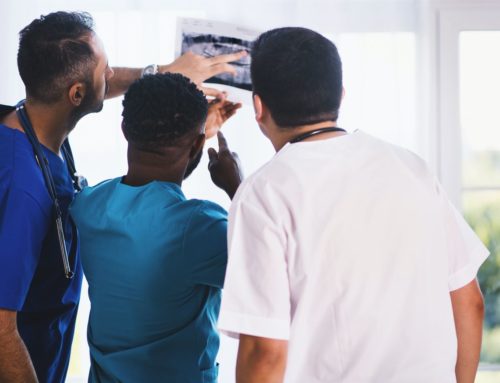
Despite the reassurances a patient may hear when agreeing to undergo a medical surgical procedure, it’s difficult to not be concerned about the margin for error. Part of the considerations for any surgery is the risk that procedure carries with it and some of those risks are unavoidable. Clearly most surgeons do take their jobs seriously and apply their skill and knowledge in ways that provide the best outcome for patients.
Most surgeries tend to go smoothly, and most patients receive the outcomes they expected. But sometimes negligence can happen in the operating room, in the emergency room and even in the ambulance on the way to the hospital. How can you know when the consequences you or your family member has suffered falls into the realms of neglect?
Surgical Errors Happen
The fact of the matter is that most surgical errors occur outside of the operating room, although stressful events occurring during surgery can lead to errors as well. One study showed that surgeons under stress in the operating room can lead to mistakes that can cause bleeding, torn tissue, or burns.
What about errors that happen when a patient has undergone surgery on the wrong body part, undergone the incorrect procedure, or had a procedure intended for another patient? These “wrong-site, wrong-procedure, wrong-patient errors” (WSPEs) are referred as never events—errors that should never occur and are a consequence of safety problems found in the practice, hospital or clinic.
Wrong-site surgery may involve operating on the wrong side of the body, or on the incorrect body site. One example of a common issue might be a neurosurgeon operating on the wrong level of the spine. A wrong-patient surgery may involve a patient who underwent a procedure intended for another patient.
Other common surgical errors include cutting a nerve during the surgery, making an error in anesthesia, or leaving a sponge or instrument inside the body. Sometimes surgical errors happen during the procedure that are not immediately caught and repaired. For example, the surgeon may accidentally perforate an organ and fail to see or repair the damage.
Why Errors Happen
In a busy surgical practice clear communication can be an issue. For example, the surgeon could be at fault for not communicating the correct dosage of medication to a nurse, or prior to surgery, the wrong location of the body may be indicated in the chart. It is possible that a surgeon may not be completely prepared for the surgery. Surgeons can also be too exhausted to perform properly in the surgery. It’s also possible that a surgeon lacks experience or is incompetent or rushes during a procedure.
When You Need Help
Surgical cases and errors are extremely difficult to evaluate. This is why having the right team evaluate a medical/surgical error case is imperative. Dr. Russell Sawyer offers clients the surgical expertise and legal knowledge needed to provide the ultimate advantage in medical malpractice cases involving surgical error. Certified by the American Board of Surgery with 27-years’ experience as a Trauma, Vascular, and General Surgeon, Dr. Sawyer is invaluable to any claim.
If you believe you were injured by a healthcare provider, we invite you to contact us with the facts of your case. Contact the Law Offices of Dr. Russell W. Sawyer for a free consultation at (707) 888-1118. We represent clients throughout California.





